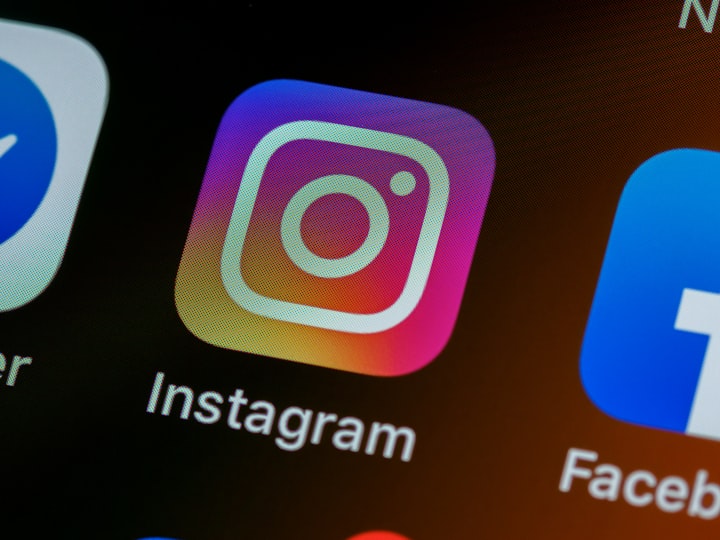The Evolution of Timekeeping: A Journey Through the History of Smart Watches
History of Smart Watches

Smartwatches have come a long way since their inception in the early 2000s. At the time, technology companies were just starting to explore the idea of incorporating computing capabilities into wristwear. The first smartwatch prototypes were bulky, had limited functionality, and were not well-received by consumers. But they paved the way for the development of more advanced wearable technology in the years that followed.
The first commercially successful smartwatch was the Pebble, which was funded through a Kickstarter campaign in 2012. The Pebble offered basic features such as notifications, music control, and a monochrome e-paper display. Despite its simplicity, it was well-received by consumers for its long battery life and compatibility with both iOS and Android devices. This success marked the beginning of a new era in wearable technology and paved the way for more advanced smartwatches in the future.
In 2013, Samsung released its Galaxy Gear, which was one of the first smartwatches to feature a color touchscreen display. The Galaxy Gear was well-received for its sleek design and its ability to function as a standalone device. However, it was criticized for its limited compatibility with Samsung smartphones and its poor battery life. Despite these limitations, the Galaxy Gear was a significant step forward in the development of smartwatches and demonstrated the potential of wearable technology.
(Clik for the latest technology smart watches)
In 2014, Apple introduced the Apple Watch, which was the first smartwatch to feature a round display and a digital crown for navigation. The Apple Watch offered a wide range of features, including fitness tracking, heart rate monitoring, and mobile payments. It quickly became the best-selling smartwatch on the market and helped to establish the smartwatch as a legitimate product category. The Apple Watch's success sparked a wave of innovation in the smartwatch industry and prompted other technology companies to release their own smartwatches.
Over the next few years, technology companies such as LG, Huawei, and Moto released their own smartwatches, each offering a unique set of features. These smartwatches offered a variety of features, such as voice control, GPS, and built-in speakers, and helped to drive the development of the smartwatch industry. The rapid evolution of technology and design during this time period transformed the smartwatch from a niche product into a mainstream accessory.
In recent years, the smartwatch has become an increasingly popular accessory, with consumers using them for everything from fitness tracking to mobile payments. Many of the latest smartwatches are equipped with advanced sensors, such as ECG and blood oxygen monitors, and they offer a range of new health and wellness features. For example, some smartwatches can detect and alert users to potential health problems, such as atrial fibrillation, and help them manage their health more effectively.
The popularity of smartwatches has also spurred the development of new technologies, such as smartwatch operating systems and app ecosystems. For example, the development of the Wear OS operating system by Google has enabled smartwatch manufacturers to create devices that are compatible with both iOS and Android devices. This has helped to expand the market for smartwatches and make them more accessible to a wider range of consumers.
(Clik for the latest technology smart watches)
In conclusion, the history of smartwatches is marked by rapid evolution in both technology and design. From the early prototypes of the 2000s to the highly advanced devices of today, the smartwatch has come a long way in a short period of time. And as technology continues to advance, it is likely that the smartwatch will continue to play an increasingly important role in our daily lives. Whether it is used for fitness tracking, mobile payments, or managing our health, the smartwatch has the potential to revolutionize the way we interact with






Comments
There are no comments for this story
Be the first to respond and start the conversation.